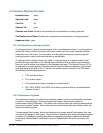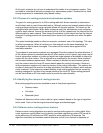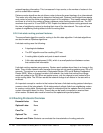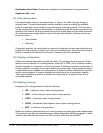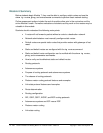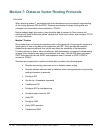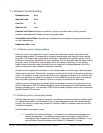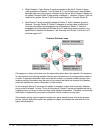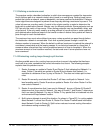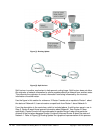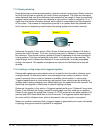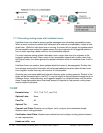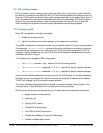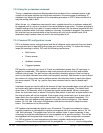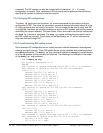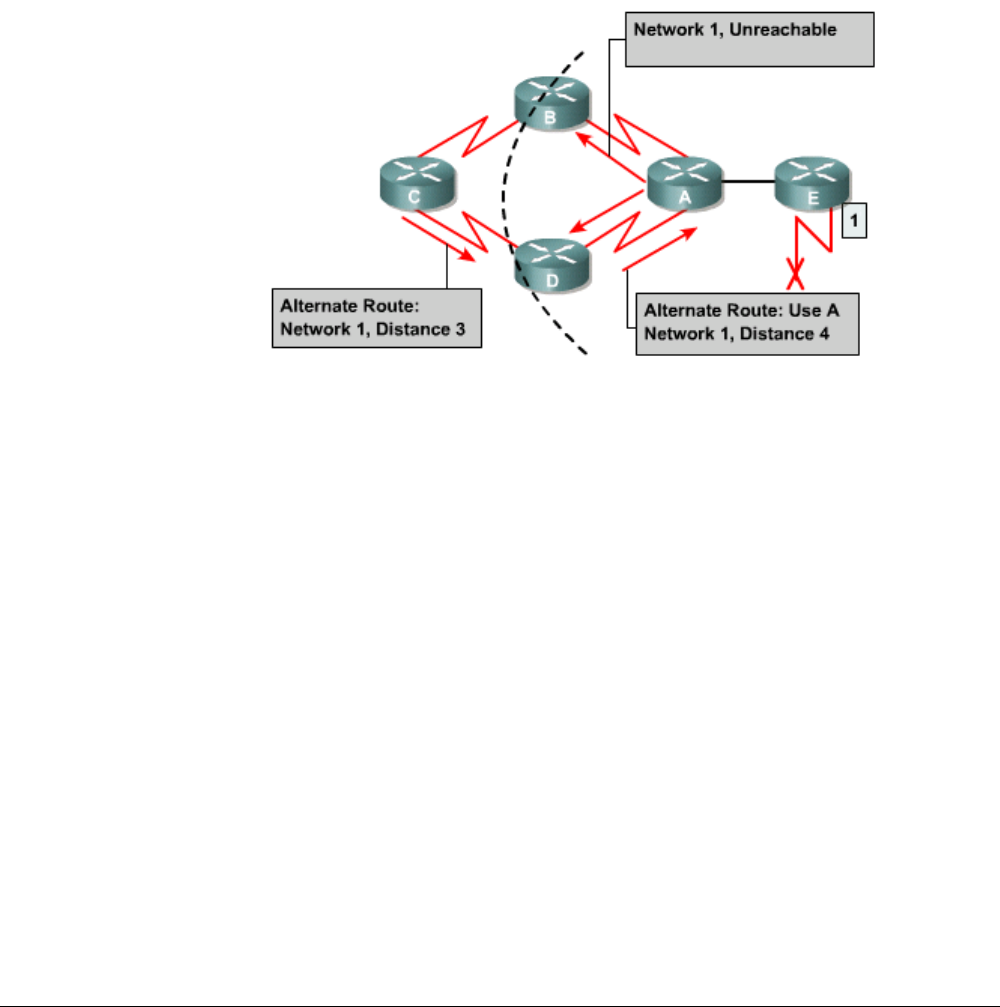
77 - 238 CCNA 2: Routers and Routing Basics v3.1 Instructor Guide – Module 7 Copyright © 2004, Cisco Systems, Inc.
• When Network 1 fails, Router E sends an update to Router A. Router A stops
routing packets to Network 1, but Routers B, C, and D continue to route packets
because they have not yet been informed of the failure. When Router A sends out
its update, Routers B and D stop routing to Network 1. However, Router C has not
received an update. Router C still tries to reach Network 1 through Router B.
• Now Router C sends a periodic update to Router D, which indicates a path to
Network 1 through Router B. Router D changes its routing table to reflect this
incorrect information and propagates the information to Router A. Router A
propagates the information to Routers B and E and the process continues. Any
packet that is destined for Network 1 will now loop from Router C to B to A to D
and back again to C.
Problem: Routing Loops
Convergence is when all routers have the same information about the network. Convergence
is a by-product of the routing updates that are sent out based on the routing protocol used on
a router. If updated information does not reach all routers in a network quickly enough, then
incorrect routing information may be sent out by routers that have not received the updates,
which will replace the correct information in other routers.
In the example, Router C sends out an update to neighbor routers that incorrectly indicates
that a route to Network 1 exists. This is a timing issue. Router C sends out updates before its
neighbors have a chance to send out their newly updated information. Therefore, the accurate
information is replaced by inaccurate information, which creates a routing loop.
A kinesthetic activity may be helpful to students to get a mental picture of how this process
occurs. Instruct students to write their updates on paper and reenact the scenario from the
figure and description.



